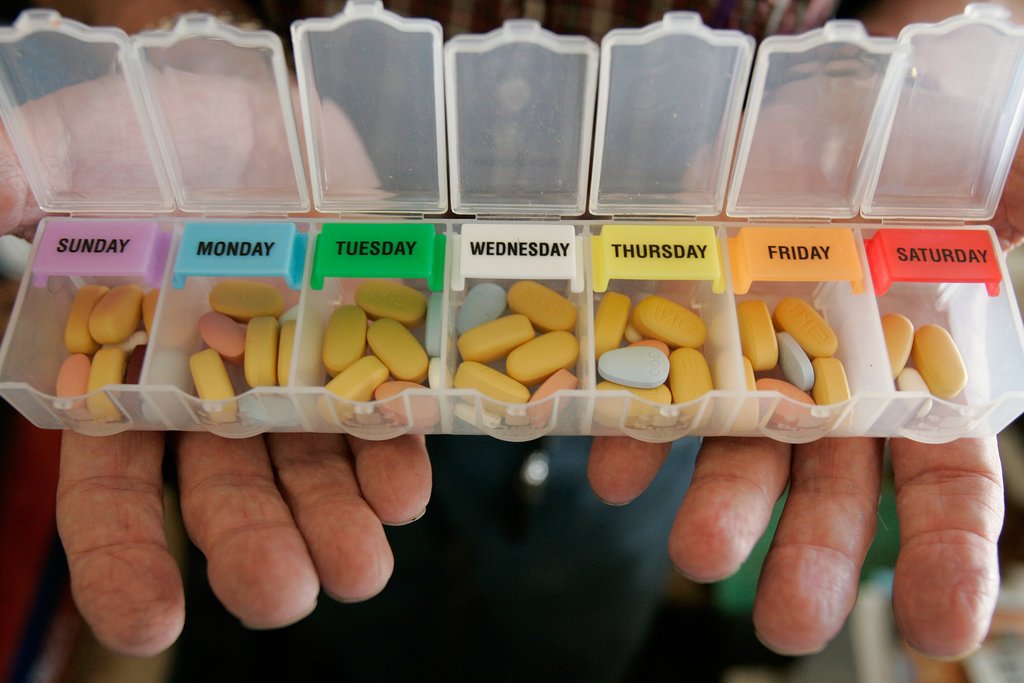
31 Jul Patient Voices: AIDS and H.I.V.
There are over 36 million people worldwide living with HIV or AIDS. What is it like to live with this today? Have improved treatments changed the outlook of someone with H.I.V.? Does the stigma associated with AIDS still exist? Five men and women speak about their experiences.
Do you or does someone you know have AIDS or H.I.V.? Tell us about how you manage your condition.
Denial Gives Way to Action
Kali Lindsey, 28, Washington, D.C.

As a young man in Detroit, Kali Lindsey believed that he was not at risk for H.I.V. infection. He had never used drugs and had had only two sexual partners, whom he trusted. After a bout of shingles and viral meningitis — unusual for a healthy young man — Mr. Lindsey was tested for H.I.V.
The result was positive, but Mr. Lindsey did not immediately tell his family or friends about the diagnosis, fearing that they would be disappointed in him.
After being confronted with the reality of AIDS in his Detroit community, Mr. Lindsey decided to work to help stop the spread of H.I.V. and AIDS. He moved to Washington and eventually found a job with The National Association of People With AIDS, known as Napwa. As vice president for federal government affairs at Napwa, Mr. Lindsey works to promote greater access to health care for the poor and to create prevention programs, like needle exchanges, in high-risk communities.
A Battle Decades Old
Myron Gold, 67, Manhattan

In 1993 Myron Gold collapsed on a Manhattan street. In the emergency room, he was told that he had an aggressive form of H.I.V. infection.
As a gay-rights and AIDS activist, Mr. Gold was not fazed by the diagnosis, and he was treated immediately with the drug azidothymidine.
In 1995, Mr. Gold switched to newer, more effective drugs called protease inhibitors. But the medications are no longer as effective as they once were for him, and his immune system is deteriorating.
Mr. Gold speaks with government officials and educates the public about the rise in H.I.V. infections among seniors, and the issues facing this population. As a witness to the rise of H.I.V. infection in this country, Mr. Gold fears that young people do not understand the seriousness of an AIDS diagnosis and how it can affect all parts of life.
Blood Ties: A Daughter’s Story
Raven Lopez, 18, Brooklyn

Raven Lopez, a high school student, contracted H.I.V. at birth from her mother, who did not realize she was infected.
Today, Ms. Lopez and her mother, Michelle, speak openly about issues surrounding H.I.V., including the stigma associated with the virus.
Ms. Lopez hopes to be a special education teacher but has found her own school years difficult. She has faced ridicule from peers as well as a few teachers, one of whom would not let her attend class trips or go to the bathroom with her classmates.
Ms. Lopez does not blame her mother for her H.I.V. status. Instead, she hopes that she can show teenagers that H.I.V. can happen to anyone and educate them about the risks of unprotected sex.
Blood Ties: A Mother’s Story
Michelle Lopez, 41, Brooklyn

Eighteen years ago, Michelle Lopez, an AIDS activist, walked out of an abusive relationship and, with her infant daughter, sought help from the Community Healthcare Network. There, she discovered she was infected with H.I.V. Ms. Lopez realized that she acquired H.I.V. from the father of her daughter, Raven, only after Raven was also found to have the virus.
Over the years, Ms. Lopez had pneumonia and oral hairy leukoplakia, common consequences of H.I.V. infection.
Ms. Lopez has been relatively healthy for the past decade, and she works to educate other women about the importance of prevention and being tested for H.I.V.
Building Tolerance
Deadra Lawson-Smith, 46, Columbia, S.C.

Ms. Lawson-Smith moved to South Carolina from New York City two years ago to work for Project F.A.I.T.H., an organization that works to educate the public about H.I.V. and AIDS.
Ms. Lawson-Smith has found that the stigma of H.I.V. is much more prevalent in the South than in New York. In the hope of increasing tolerance, Project F.A.I.T.H. supplies grants to churches for H.I.V. education programs.
Ms. Lawson-Smith hopes her work will help to educate other men and women about their risks for acquiring H.I.V. and will provide more support for people living with the virus.


